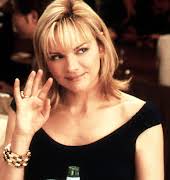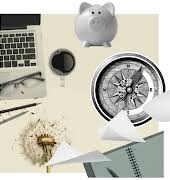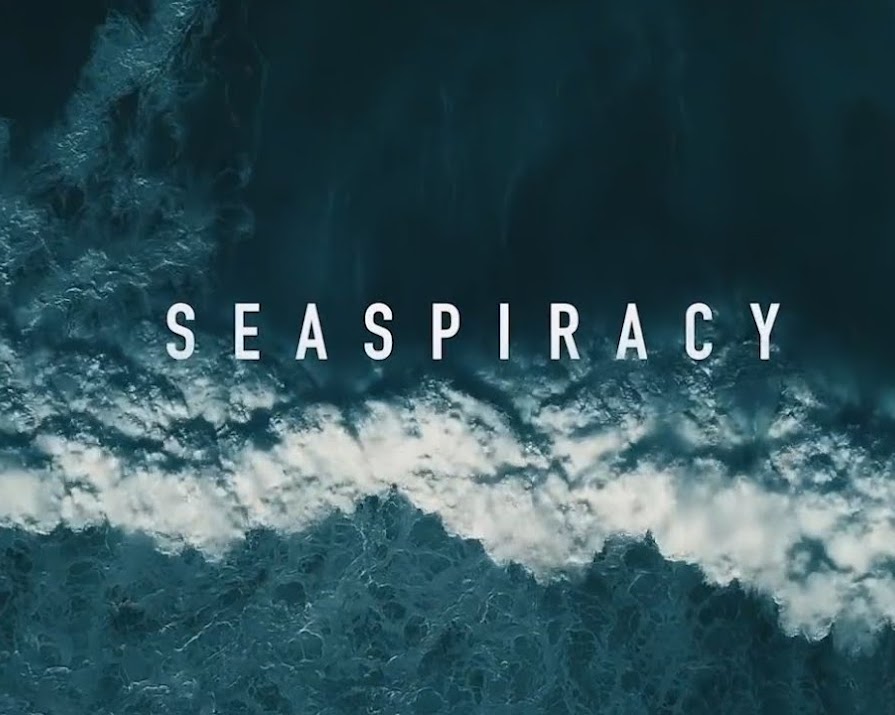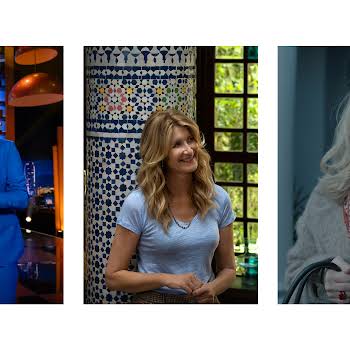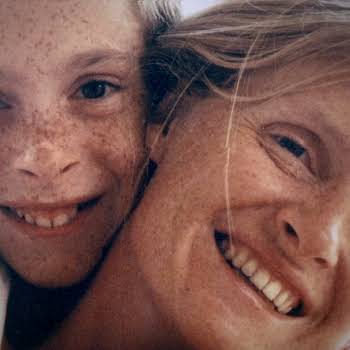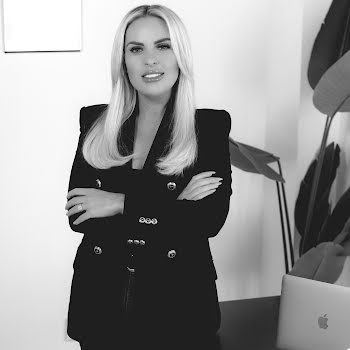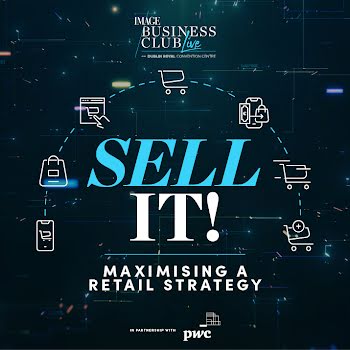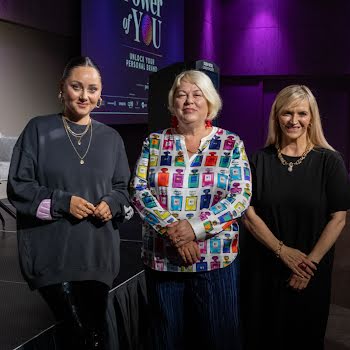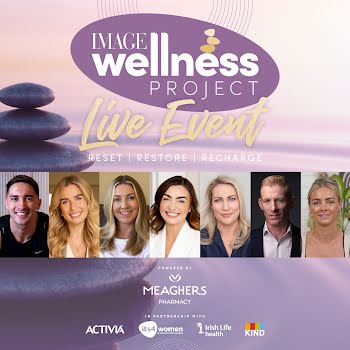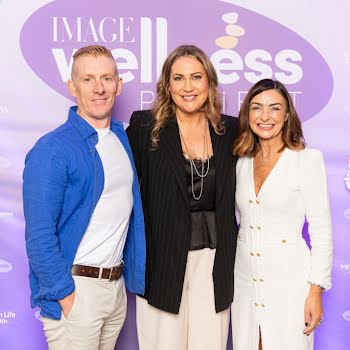7 things to know about ‘Seaspiracy’, according to a marine scientist
By Lauren Heskin
22nd Apr 2021
22nd Apr 2021
We caught up with chef and marine mammal observer Finn van der Aar to hear her thoughts on the Netflix documentary 'Seaspiracy'.
Seaspiracy, directed by British filmmaker Ali Tabrizi who also made Cowspiracy, has been in Netflix Ireland’s top 10 most-watched list since the documentary on global fisheries launched last month. However, while many of its points are valid, it has been critiqued by the scientific and marine communities for oversimplifying the science, dramatising facts without their full context and in some cases, presenting incorrect and long-redacted statistics.
We decided we had to talk to Finn, who has a Masters in Marine Science, after watching her Instagram Live on the topic. She brought up so many interesting points that we wanted to dig a little deeper.

It’s not saying anything particularly new
As Finn points out in her Live, much of the information and in some cases visuals, in the documentary are old and already in public knowledge. For example, “the dolphin trade in Taijii in Japan had already been extensively covered in the 2009 documentary The Cove,” says Finn.
While Seaspiracy is intended to make us question our food’s origins (an admirable objective in any industry), it leans heavily on most dramatic soundbites when it came to the science, which, as anyone who knows a scientist will tell you, is not how scientific research works. “I believe they chose to include the footage for the shock factor,” says Finn and this type of storytelling device permeates throughout the documentary.
Despite these discrepancies, Finn emphasises that the documentary has sparked important conversations around overfishing and fish provenance. “So while there are many issues with Seaspiracy, I’m really glad this conversation is happening now.”
It prioritises the narrative over the science
This is the science community’s main criticism of the documentary. It chooses sensational soundbites over thoroughness, particularly when it comes to the research.
“Something that I’d say has been pretty tough for both scientists and legislators with the release of the documentary is the sentiment that ‘nothing is being done’”, explains Finn.
“Globally and here in Ireland there is an enormous amount of research conducted on fish stocks, sustainable fisheries and overfishing.”
Finn recommends having a look at the Marine Institute’s website if you would like to learn more about the kind of work being undertaken to make fishing more selective and sustainable.
One statistic in the film stated that all fish stocks will be depleted by 2048. This forecast comes from a 2006 study by Boris Worm of Dalhousie University. However, in 2009, Worm himself refuted the estimate, saying his modelling was off that the ocean was not a lost cause. Working in the industry for a decade, Finn was aware of the stat and its subsequent retraction before watching Seaspiracy but notes, “if you weren’t a marine scientist how would you know it wasn’t true?”
When asked by The Guardian why the filmmaker had included the long-debunked forecast, Tabrizi responded, “We are not scientists nor did we claim to be. Despite there being some confusion about this particular projection, the overall state of fisheries are in severe decline.” This essentially summarises his approach to the documentary as a whole – that it’s less about the validity of individual information than about its impact as a whole.
It portrays all fishing as unsustainable
“It pretty much states that all fisheries are unsustainable and that all fish farming is highly polluting,” Finn points out. “There have certainly been issues with fish farming all over the world, from mass escapes affecting wild populations, to pollution, leading to things like salmon farming being banned in Alaska.”
But there is no mention of the importance of scale when it comes to sustainability or the fact that sustainably managed stocks and clean farming models also exist.
“Especially things like multi-trophic aquaculture, a good book as an introduction to this is Eat Like a Fish,” suggests Finn. “A great Irish example would be mussel farming. As filter feeders, mussels are drawing nutrients from their surroundings, so no feed goes into the water and they are a fast-growing, renewable species.”
It is very critical of Asian fishing industries
Another central criticism of the documentary is its almost exclusive focus on Asian fishing industries, many critics commentating on the white saviour-esque portrayal of Tabrizi as the disruptor. “The film seemed to me to be extremely anti-Asian. Many Asian marine biologist and environmentalists have come out against the movie in a time when anti-Asian sentiment has been on the rise,” says Finn.
The special attention to Japanese and Thai fishing industries ignores the impact of European, American and South American fisheries. “Looking into it further I think perhaps one of the easiest answers to this is what the director said himself in the documentary: ‘Follow the money’. It seems the majority of the documentary’s funding was American. Anything that requires funding will have some inherent bias,” says Finn. While it’s necessary to its creation, Finn notes that it’s important to acknowledge this bias openly.
The Irish context
Without getting into the tangled and complex modern history of Irish fishing quotas, the reality is that Ireland’s fishing industry is relatively small. According to BIM (Board Iscaigh Mhara) in 2020 there were 2,030 registered vessels, 160 seafood processors and 309 aquaculture units. However, only a fraction of those vessels would be considered large-scale operations employing more than 5-6 fishers at any one time.
Saying that, fishing still plays an important socio-economic role in Irish life. “In certain areas of the country, for example where I work in Killybegs, Co Donegal, fishing and related industries are the main employer and lifeblood of the town,” explains Finn.
These communities have a vested interest in protecting their fish stocks.
Ireland continues to export much of its catch but as Finn notes, consumer habits are changing and we’re starting to see a broader range of fish on our restaurant menus and shop shelves. “It’s been really hard to find ways to support local, especially with sneaky packaging rules” and marketing greenwashing that Seaspiracy highlighted, so Finn suggests going old school and befriending your local fishmonger. They’ll be able to tell you what’s in season, what came in fresh that day, where it was caught and how best to cook it.
Not eating fish isn’t a solution
That choice is a privilege available to only a few. There are people and communities who rely on fish as a food source and as an economic lifeline. “This sentiment really irked me as the height of privileged activism,” says Finn. “Huge swaths of the world’s coastal communities depend on fish for their primary protein source.
“Since releasing my video response to the documentary on Instagram, I’ve even received some messages from people living in areas that would generally depend on tourism as a primary income, but have now returned to fishing to feed their families since there is no tourism trade.”
Seaspiracy is designed to shake you into action, so what should you do?
The purpose of the documentary and its sometimes dubious approach to scientific research is all in the name of moving you to action. Finn offers up some actions you can take.
1 Communication. As I coeliac myself I know what an absolute pain it is to read labels while trying to do the grocery shop. With all of what you’ve watched and heard, you might even be doubting what you read. So talk to your fishmonger, ask about the provenance of the fish. They will know what’s in season and can advise accordingly.
2 You get what you pay for. Eat less fish, especially those with dubious origins, frozen-several-times-over cheap fish. Instead invest in fresh, local fish and try to vary the species based on when it’s in season.
3 Support local. As well as talking to your fishmonger, support restaurants that make an effort to buy from local fishers. Bia, in Bundoran where I live, announces online when the boat is going out for something special like lobster, and people can put in their orders then. That might sound like a very bougie suggestion, but I’d rather spend up to €15 supporting two local businesses and eating fresh food than buy three packs of €5 fish that have flown across the globe, been frozen twice over and packaged in un-recyclable plastic.
Thanks to Finn for her time. You can follow her on Instagram @saltwaterstories.me

